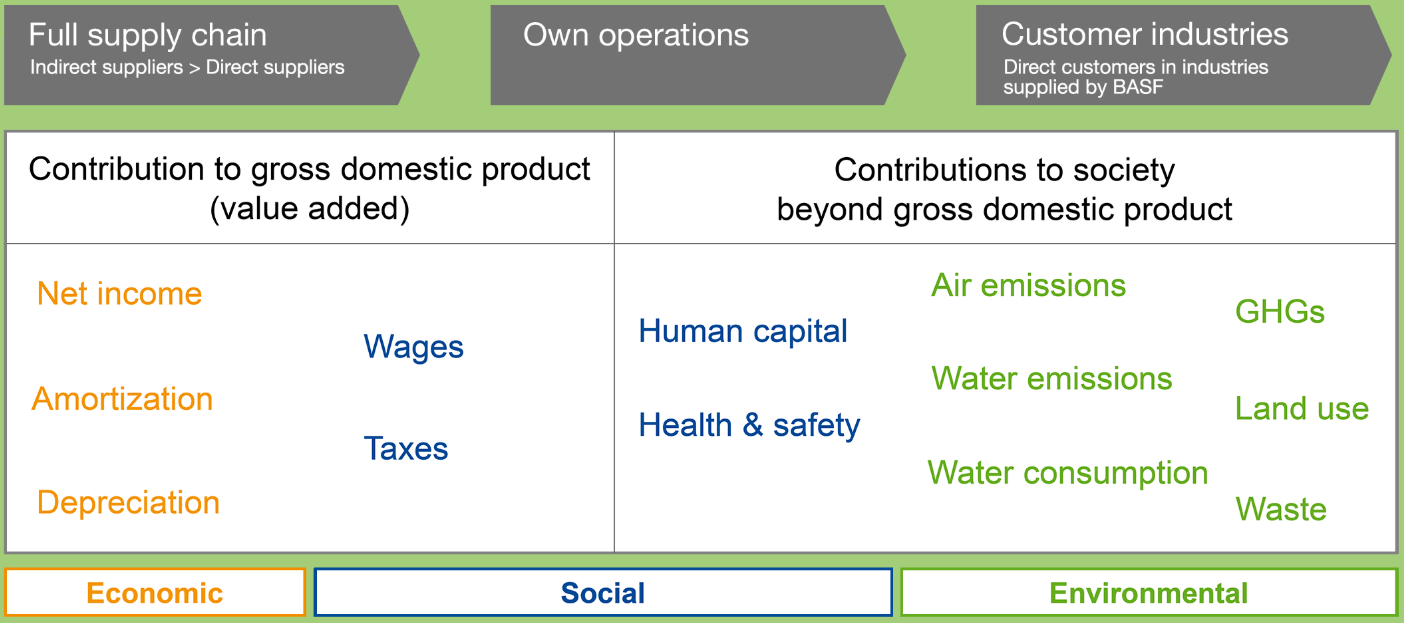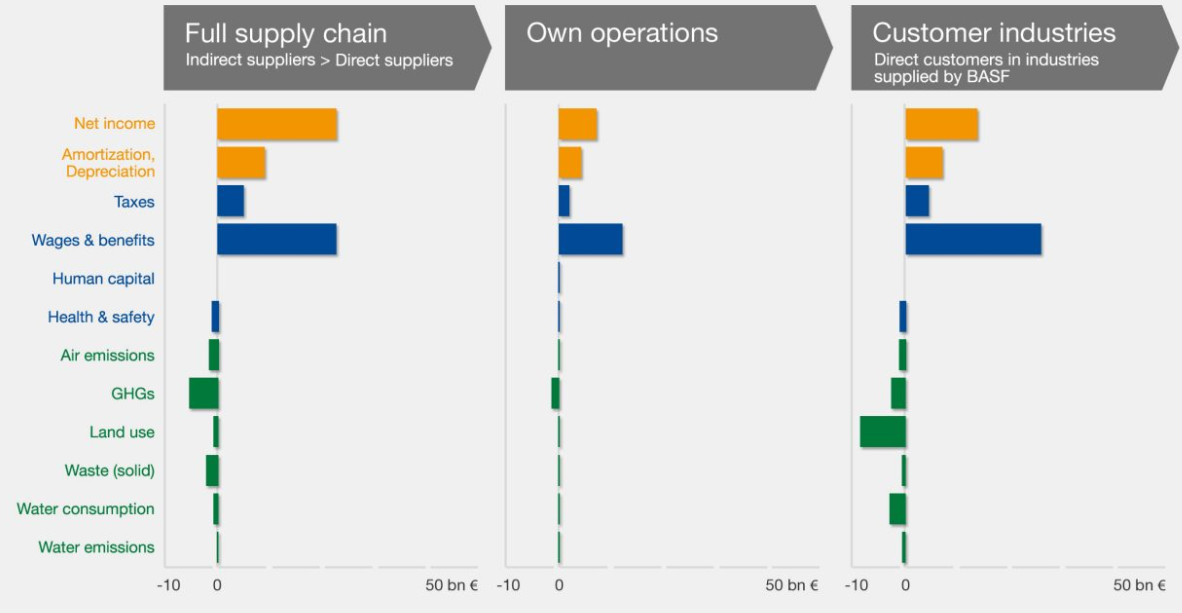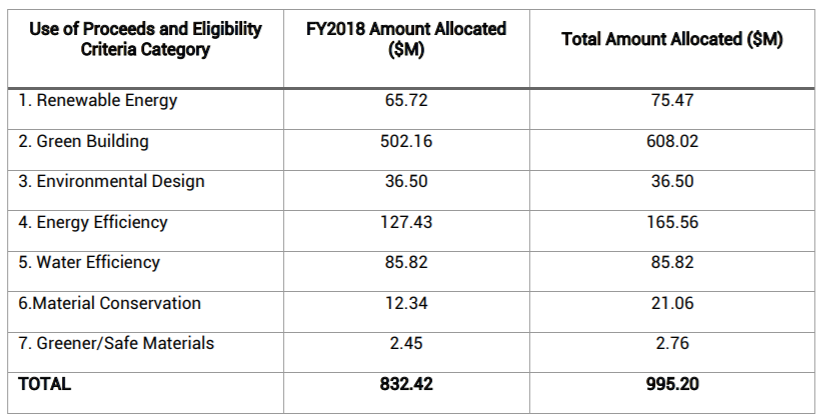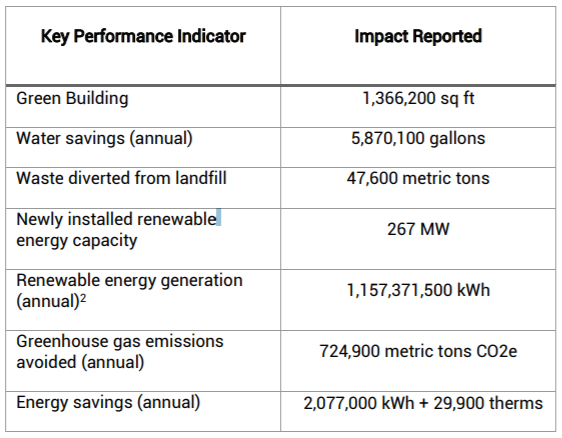In the next ten years, CFOs who have historically been responsible for making financing and investment decisions based on ROI and NPV, will be under increasing pressure to deliver valuation that incorporates the environmental, social and governance (ESG) factors that shape business success long term.
Today, ESG investing – screening for ESG factors in investment portfolios – represents 25% of assets under management in the US alone. It has reached $11.6 trillion globally, up 44% from $8.1 trillion in 2016. Money managers, institutional investors and shareholders are increasingly focused on how businesses address issues such as climate change, diversity and inclusion, and overall societal impact, as evidence of how the business manages risks and opportunities overall. The fastest growing segment of ESG investing is not negative screening to eliminate “sin” companies, but ESG integration, focused on a proactive approach to ESG. Integrated annual reporting, which reviews the position of the company across financial, governance, environmental and social factors, is on the rise.
Fundamentally, redefining value is about the core purpose of the business: why the company exists, beyond making a profit, and its unique contribution to society. CFOs, along with their boards and executive teams, who deeply understand and align behind this fundamental “why” of the business, have taken the first step toward delivering long-term value. In August, 181 of 193 members of the Business Roundtable, an association of chief executive officers of America’s leading companies, committed to redefining the purpose of the corporation as maximising stakeholder value – a term that incorporates a variety of audiences including employees, customers, suppliers and local communities – rather than shareholder value.
To be sure, shareholders still matter. They will continue to hire and fire the board of directors and approve executive compensation. But as our previous paper, “Getting on the right track: How to demonstrate the value of sustainable business to investors” concludes, sustainability and investor agendas are becoming increasingly intertwined. As investors understand how ESG factors impact revenue forecasts, EBIT margin, book value and impairment charges, capital expenditures, and the terminal value of business lines, CFOs will increasingly be expected to answer detailed questions about how they are taking action.
Practical questions for CFOs to ask are:
- Do you and your leadership team have a deep and shared understanding of the fundamental purpose of your business, beyond making a profit? Do the company values support this purpose?
- Do you evaluate investments with a screen beyond profit maximisation, including ESG factors?
- Do you have criteria to evaluate and rank those investments to deliver long-term value, responsibly and sustainably?
- Are you aware of ESG ratings, rankings and frameworks, and do you know which are most important to you?
- Are you communicating your approach to various stakeholders through reporting and engagement?
Two examples of companies with CFOs taking a broader approach to value, are BASF Corporation and Apple Inc. BASF Corporation offers investors its “Value-to-Society” model – a tool that offers transparency into where it believes the firm is impacting society, and Apple offers a green bond report that explains how it chose, identified and ranked “green projects” in which to invest.
BASF Corporation’s “Value-to-Society” Tool
BASF Corporation, a chemicals company, uses a “Value-to-Society” model to identify where within its operations environmental and social value is being created or destroyed. The tool determines where its impact lies, whether the impact is negative or positive, and the magnitude of the impact. The model is inclusive of environmental and social impact across the supply chain, internal operations and customers’ industries. The company examines and presents year-over-year metrics on categories including net income, amortisation, depreciation, wages, taxes, human capital, health & safety, air emissions, water emissions, water consumption, GHGs, land use and waste.


If used correctly, the “Value-to-Society” model can be an impactful approach to improving performance. As with any model, it has limitations; however, the tool provides a quick snapshot for the CFO to see where the firm is adding and subtracting value for society, and where investments should be made to improve the net impact of the company. Furthermore, since the tool quantifies impact, CFOs can analyse a range of capital investments, quantify the impact that they will have on the “Value-to-Society” model, and rank them by the ratio of impact over cost. This will help ensure that the firm is investing to maximise stakeholder value.
Apple’s green bonds
 A
A pple has been a top financial performer, and was the first company to reach a trillion-dollar market capitalisation.
pple has been a top financial performer, and was the first company to reach a trillion-dollar market capitalisation.
In 2018, Apple offered insight into how it selects and funds projects that will increase stakeholder value – particularly in the environmental space.
Typically, when the CFO is planning a capital budget, she examines the investment opportunities available and selects those that provide the highest Net Present Value.
Apple took a similar approach, as it decided how to fund green initiatives in the 2018 fiscal year. The company issued a $1 billion green bond to fund “green” projects within the company. The company decided which projects to fund, by requesting multiple proposals from a variety of departments. The proposals were judged against a set of environmental criteria, which included categories such as material conservation, greener materials, water efficiency and environmental design. Ultimately, Apple decided to fund 28 projects that contribute to its three environmental priorities where it believes it can have the largest impact. Funded projects included a “materials recovery robot” that can extract the valuable materials from iPhones at the end of their useful life, solar energy installations, and the trials needed to validate a new recycled aluminium alloy. In total, Apple allocated $995.2 million to these 28 projects.
Additionally, as investors are increasingly looking to offer “green” products, CFOs can find capital to finance environmental initiatives that have a projected ROI through debt markets. Recently, there has even been experimentation with products that have a floating coupon payment linked to their progress towards select SDGs (Sustainable Development Goals).
Looking forward
The paradigm shift toward stakeholder value will only be lasting and meaningful if CFOs invest in programmes and capital that strengthen shareholder and stakeholder value simultaneously. Integrated reporting is the natural next step for companies that commit to a vision of stakeholder value. While external reporting on annual stakeholder return may not be common practice today, by the end of the next decade, we predict that a majority of the companies in the S&P 500 will have made progress towards the integration of financial and extra financial metrics. To ensure that a stakeholder approach is successful, CFOs must choose their investments wisely. By getting this balance right, businesses will drive positive systemic change and maximise their value to society.


